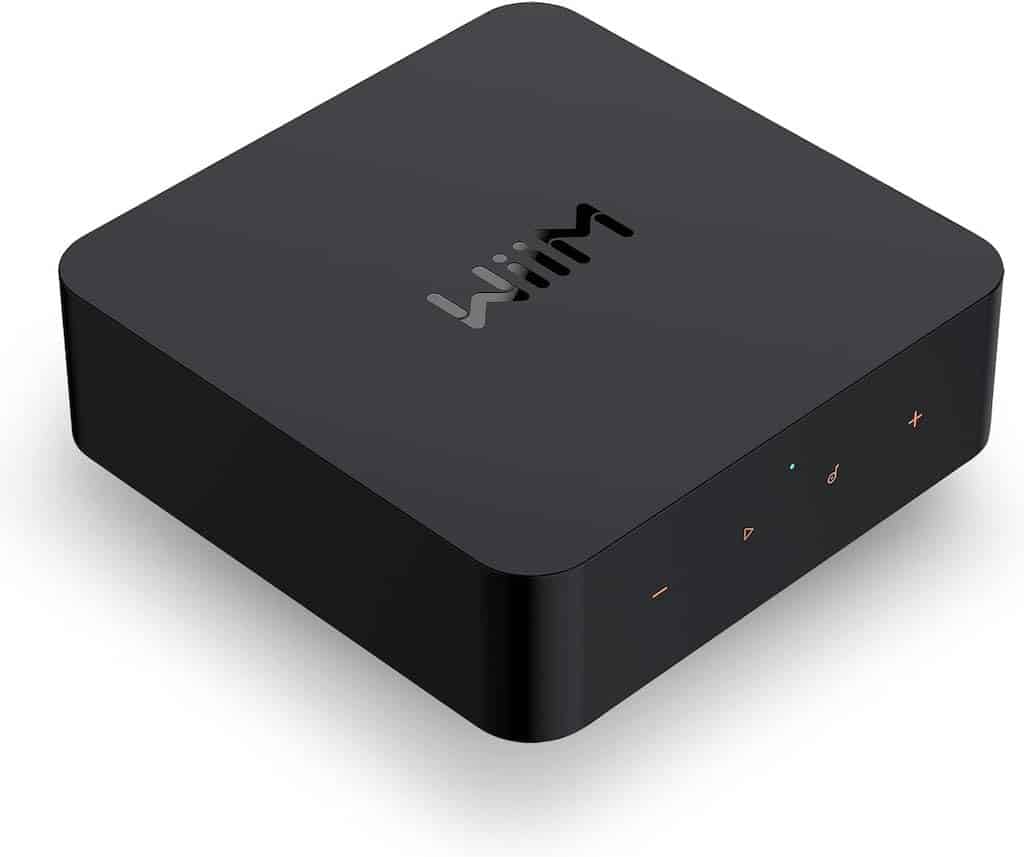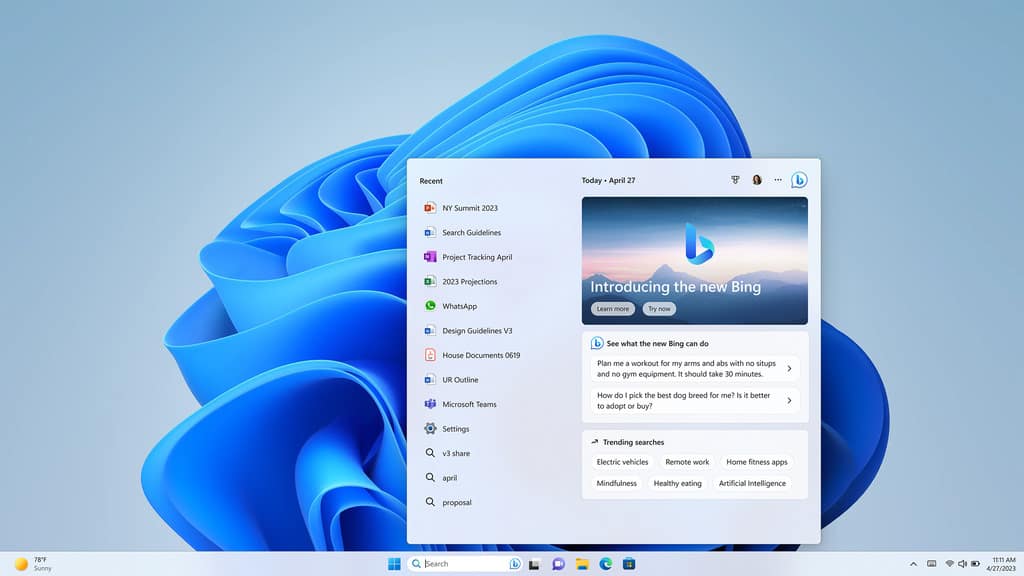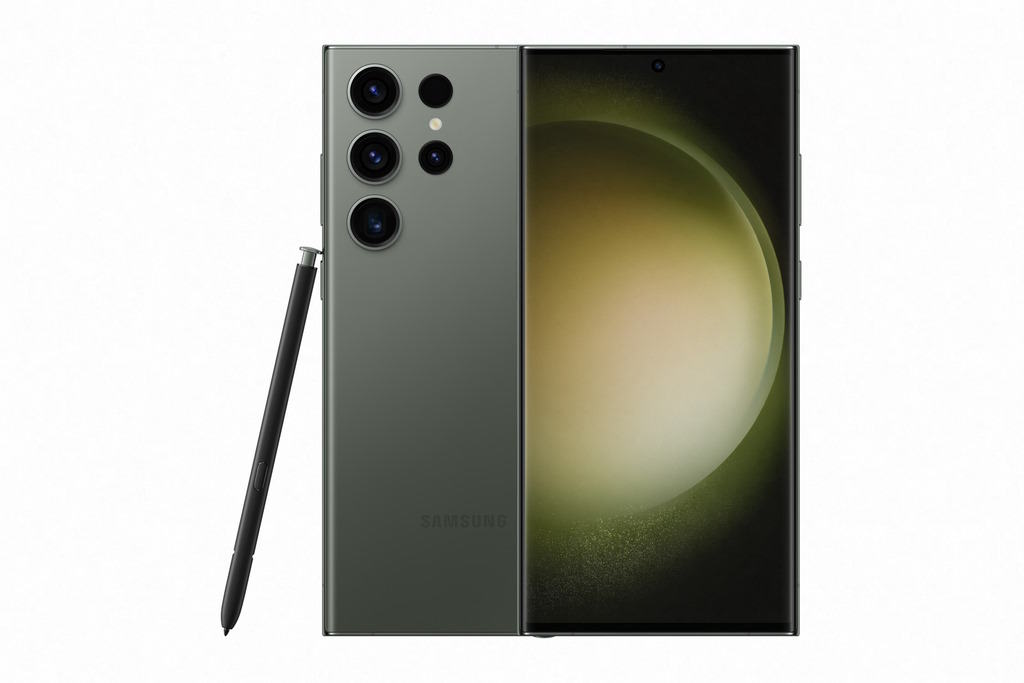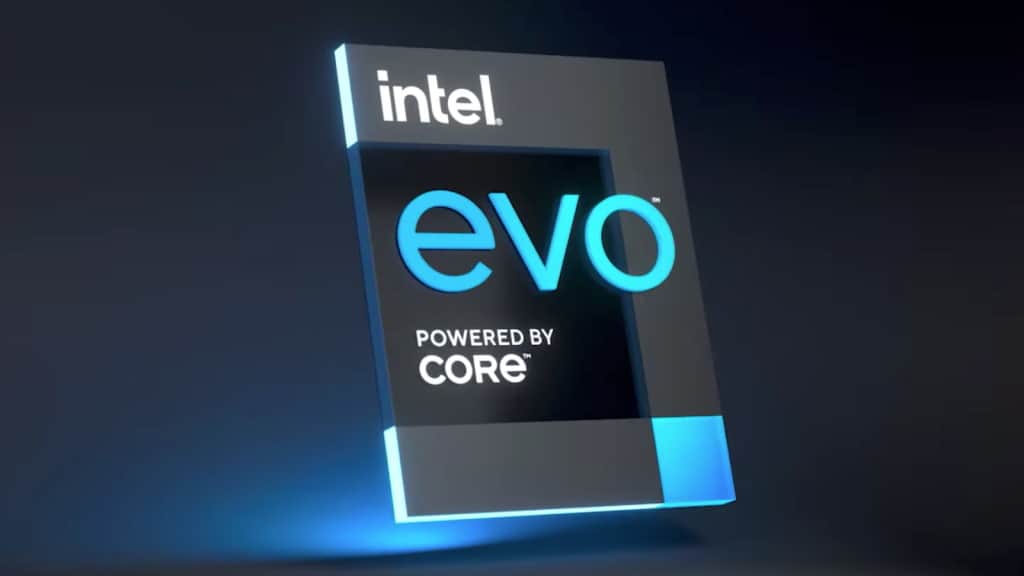$349
2 Stars
In many ways TomTom’s new in-car navigation unit is the best model yet, but it’s fatally flawed, writes Ashley Kramer.
IN-CAR GPS units seemed to date very quickly when smartphone based navigation came of age. With advanced turn-by-turn guidance available on your phone, who’d bother with a big, unwieldy and theft-prone in-car unit? Certainly not this writer. After trying TomTom’s own iPhone app, I pretty much stopped using in-car units except for a short stint driving in the USA, where it was cheaper to buy an in-car model than to buy the maps for the TomTom app.
 However, it seems that there’s still a strong market for the in-car units. Some people prefer the bigger screens, while others don’t want to tie up their phones with navigation tasks that are prone to interruption when taking or making a call. When TomTom announced the release of a new generation of in-car unit that purported to behave more like a mobile phone than an old school GPS, I was intrigued enough to put the GO 500 into full-time use.
However, it seems that there’s still a strong market for the in-car units. Some people prefer the bigger screens, while others don’t want to tie up their phones with navigation tasks that are prone to interruption when taking or making a call. When TomTom announced the release of a new generation of in-car unit that purported to behave more like a mobile phone than an old school GPS, I was intrigued enough to put the GO 500 into full-time use.
Functionality & Design
There’s no doubt that the GO 500 is feature packed, state-of the-art and easy to use. The 5-inch screen looks great and does in fact feel as if it was derived from a smartphone. With pinch and zoom functionality, 3-D mapping in certain cities, a more intuitive user interface and high-speed processing, the GO 500 is by far the most user-friendly unit I’ve yet encountered. The new search function works well, while the tap-and-go touch navigation allows users to select their destination without much effort at all.
To top off the package, free lifetime maps and free lifetime traffic (as in real time traffic updates) via a Bluetooth link to a smartphone connected to the mobile network make the GO 500 a compelling proposition, as does the QuickGPSfix functionality that speeds up the device’s time to get a satellite fix. The mount is superb, and the unit clicks in effortlessly, locks up rock solid yet can be removed with ease.
In Use
Unfortunately, the GO 500 is let down by what should be a no-brainer after all these years – its actual navigational abilities. This is surprising considering TomTom’s long history in the GPS game and the fact that this unit uses both GPS and the Russian GLONASS satellites. When Jeska Cooper reviewed TomTom’s Via 620 back in October last year in this review, she pointed out that the unit had a murderous/suicidal bent:
“The day that our relationship really soured was on the way to a city-based launch on Fort Street. It may have been that Tom-Tommy wasn’t in the mood to hear about the latest tablet on the market, but that’s not really an excuse for murder. At first I thought it was offering a helpful shortcut. However, the 620 repeatedly encouraged, or rather instructed me to drive up a one-way street (the wrong way) with oncoming traffic.”
The GO 500 started off the review by being no less homicidal than its predecessor. Thirty seconds after I left the Britomart car park building in Auckland on the day of the launch, the unit helpfully instructed me to turn left into Galway Street. I know the area well, so I know that Galway is a one-way street, but even if I wasn’t aware of that fact, the looming grille of a large truck was probably enough of a hint not to pay attention. A few minutes later, the unit instructed me to turn left at the top of Hobson Street while taking the motorway, which is actually straight ahead. This wasn’t just a vocal error, the arrows on the screen plainly indicated that I should turn left towards K-Road when the unit (and myself) actually wanted to head towards Greenlane on the motorway.
This set the scene for the next month or so. I used the GO 500 on almost every trip I made in order to give it a fair go and to gauge the effectiveness of its Traffic functionality.
Much of the time, the GO 500 was on the ball but I soon learned to listen with a sceptical pair of ears, especially after following the unit’s dubious advice to take Tamaki Drive into work one morning. I know from unfortunate personal experience that the only reason to take Tamaki Drive instead of Kohimarama Road in morning traffic is if U2 just happened to be playing a concert on a truck in the middle of Kohimarama, while an alien Mothership landed on the street in front of the colossal sinkhole that just ate Eastridge Mall. Even then, it’s probably a 50/50 choice but I decided to see if the GO 500 knew what it was on about. It didn’t. Not even close.
The GO 500 persisted in offering the occasional silly piece of navigational advice while at other times, the traffic advice was out of whack. For example, one morning the unit indicated eight minutes of traffic between my house and work, only for there to be no traffic at all, and sometimes it showed a clear run into work, only for me to get caught in a bottleneck. At other times, while the unit knew a road was closed thanks to its Traffic feed, it insisted that I could drive through the diggers and road workers. No Traffic service can be 100 percent accurate all the time because of the ebb and flow of traffic in general, but I expected something more precise than this.
Then there were the numerous occasions when the unit refused to connect to my iPhone without being rebooted – I know that there’s nothing wrong with the phone because the list of review Bluetooth devices that have been connected to this phone is long and illustrious, but the GO 500 had a (stubborn) mind of its own.
Conclusion
Much like a car that starts 95 percent of the time, you know that the problems will usually occur at the worst possible times – before a job interview, when you stop to pick up flowers for your big date or as you rush out the door to an important meeting. So the GO 500’s erratic functionality is truly frustrating. I was using it in a city that I know well, so I could choose when to ignore it, but I know that I’d be incandescent with rage if I’d been a new migrant to the city and relying on the unit to get me around as smoothly as possible. No GPS unit is dead right all the time but this is one of the less dependable units I’ve used – perhaps it’s the combination of the Traffic inconsistencies and the occasional guidance misstep that makes it seem so inconsistent.
I tried hard to forgive the unit its occasional glitches, particularly when there were times when it operated perfectly, but then it would suddenly act up again and I’d consider hurling it out the window. On the very day this review was finished, I was driving in heavy traffic in the pouring rain on a miserable Auckland day – the GO 500 told me to turn left into Parnell Rise (onto a street that’s definitely not Parnell Rise), then just after the turn, it told me to turn around when possible, then it changed its mind a few moments later when I ignored it. If I hadn’t known where I was going, I’d have beaten the damn thing with a stick.
What’s most baffling is that the TomTom iPhone app has proved to be hugely reliable. Besides steering me wrong only once in three years around Auckland, and displaying amnesia about a certain section of Johannesburg’s roads, the app has been superb.
So… TomTom knows how to create software that works. Why then is this device (and the one that Jeska reviewed) so failure-prone? That’s an answer for the engineers in the TomTom labs, but they need to get this sorted out before the company loses even more market share to the ever-improving navigation functionality and bigger screens found on modern smartphones.
As it stands, this could easily have been the best in-car navigation unit I’ve ever used, but it’s let down by its unreliable on-road functionality, and as such, I’ll stick to my phone. ASHLEY KRAMER















How things have changed! Four or five years ago I was able to test five different brands of in-car GPS, all suction-cupped to the windshield at one time, over a week. The result: the TomTom of the day was runaway winner for reliable route guidance. As a result, I bought one and kept its maps up to date; it still serves me well but when it finally breaks I’m not sure I’ll want to buy another.